-
Executive Summary
-
Scope of the Report
-
Market Definition
-
Scope of the Study
- Definition
- Research Objective
- Assumptions
- Limitations
-
Research Process
- Primary Research
- Secondary Research
-
Market size Estimation
-
Forecast Model
-
Market Landscape
-
Porter’s Five Forces Analysis
- Threat of New Entrants
- Bargaining power of buyers
- Threat of substitutes
- Segment rivalry
- Bargaining Power of Buyers
-
Value Chain/Supply Chain Analysis
-
Market Dynamics
-
Introduction
-
Market Drivers
-
Market Restraints
-
Market Opportunities
-
Market Trends
-
Global Automotive Closure Market, By Application
-
Introduction
-
Sunroof
- Market Estimates & Forecast, 2023-2032
- Market Estimates & Forecast by Region, 2023-2032
-
Power Window
- Market Estimates & Forecast, 2023-2032
- Market Estimates & Forecast by Region, 2023-2032
-
Side Door
- Market Estimates & Forecast, 2023-2032
- Market Estimates & Forecast by Region, 2023-2032
-
Sliding Door
- Market Estimates & Forecast, 2023-2032
- Market Estimates & Forecast by Region, 2023-2032
-
Convertible Roof
- Market Estimates & Forecast, 2023-2032
- Market Estimates & Forecast by Region, 2023-2032
-
Global Automotive Closure Market, By Component
-
Introduction
-
ECU
- Market Estimates & Forecast, 2023-2032
- Market Estimates & Forecast by Region, 2023-2032
-
Switch
- Market Estimates & Forecast, 2023-2032
- Market Estimates & Forecast by Region, 2023-2032
-
Motor & Actuator
- Market Estimates & Forecast, 2023-2032
- Market Estimates & Forecast by Region, 2023-2032
-
Latch
- Market Estimates & Forecast, 2023-2032
- Market Estimates & Forecast by Region, 2023-2032
-
Relay
- Market Estimates & Forecast, 2023-2032
- Market Estimates & Forecast by Region, 2023-2032
-
Global Automotive Closure Market, By Type
-
Introduction
-
Manual
- Market Estimates & Forecast, 2023-2032
- Market Estimates & Forecast by Region, 2023-2032
-
Powered
- Market Estimates & Forecast, 2023-2032
- Market Estimates & Forecast by Region, 2023-2032
-
Global Automotive Closure Market, By Vehicle Type
-
Introduction
-
Passenger
- Market Estimates & Forecast, 2023-2032
- Market Estimates & Forecast by Region, 2023-2032
-
Commercial Vehicle
- Market Estimates & Forecast, 2023-2032
- Market Estimates & Forecast by Region, 2023-2032
-
Global Automotive Closure Market, By Region
-
Introduction
-
North America
- Market Estimates & Forecast, 2023-2032
- Market Estimates & Forecast by Application, 2023-2032
- Market Estimates & Forecast by Component, 2023-2032
- Market Estimates & Forecast by Type, 2023-2032
- Market Estimates & Forecast by Vehicle Type, 2023-2032
- U.S.
- Canada
-
Europe
- Market Estimates & Forecast, 2023-2032
- Market Estimates & Forecast by Application, 2023-2032
- Market Estimates & Forecast by Component, 2023-2032
- Market Estimates & Forecast by Type, 2023-2032
- Market Estimates & Forecast by Vehicle Type, 2023-2032
- U.K
- Germany
- France
- Italy
- Rest of Europe
-
Asia Pacific
- Market Estimates & Forecast, 2023-2032
- Market Estimates & Forecast by Application, 2023-2032
- Market Estimates & Forecast by Component, 2023-2032
- Market Estimates & Forecast by Type, 2023-2032
- Market Estimates & Forecast by Vehicle Type, 2023-2032
- China
- Japan
- India
- Rest of Asia Pacific
-
Rest of the World
- Market Estimates & Forecast, 2023-2032
- Market Estimates & Forecast by Application, 2023-2032
- Market Estimates & Forecast by Component, 2023-2032
- Market Estimates & Forecast by Type, 2023-2032
- Market Estimates & Forecast by Vehicle Type, 2023-2032
-
Competitive Landscape
-
Company Profile
-
Toyota Motor Corporation (Japan)
- Company Overview
- Products/Services Offering
- Financial Overview
- Key Developments
- Strategy
- SWOT Analysis
-
Magna International Inc. (Canada)
- Company Overview
- Products/Services Offering
- Financial Overview
- Key Developments
- Strategy
- SWOT Analysis
-
Honda Motor Company, Ltd. (Japan)
- Company Overview
- Products/Services Offering
- Financial Overview
- Key Developments
- Strategy
- SWOT Analysis
-
Continental AG (Germany)
- Company Overview
- Products/Services Offering
- Financial Overview
- Key Developments
- Strategy
- SWOT Analysis
-
Aisin Seiki. Co. Ltd (Japan)
- Company Overview
- Products/Services Offering
- Financial Overview
- Key Developments
- Strategy
- SWOT Analysis
-
BMW (Germany)
- Company Overview
- Products/Services Offering
- Financial Overview
- Key Developments
- Strategy
- SWOT Analysis
-
Robert Bosch GmbH (Germany)
- Company Overview
- Products/Services Offering
- Financial Overview
- Key Developments
- Strategy
- SWOT Analysis
-
Daimler AG (Germany)
- Company Overview
- Products/Services Offering
- Financial Overview
- Key Developments
- Strategy
- SWOT Analysis
-
The Ford Motor Company (U.S.)
- Company Overview
- Products/Services Offering
- Financial Overview
- Key Developments
- Strategy
- SWOT Analysis
-
List of Tables
-
Global Automotive Closure Market: By Region, 2023-2032
-
North America Automotive Closure Market: By Country, 2023-2032
-
Europe Automotive Closure Market: By Country, 2023-2032
-
Asia Pacific Automotive Closure Market: By Country, 2023-2032
-
RoW Automotive Closure Market: By Country, 2023-2032
-
Global Automotive Closure Market, By Application, By Regions, 2023-2032
-
North America Automotive Closure Market, By Application, By Country, 2023-2032
-
Europe Automotive Closure Market, By Application, By Country, 2023-2032
-
Asia Pacific Automotive Closure Market by Application, By Country, 2023-2032
-
RoW Automotive Closure Market by Application, By Country, 2023-2032
-
Global Automotive Closure by Vehicle Type Market: By Regions, 2023-2032
-
North America Automotive Closure Market by Vehicle Type: By Country, 2023-2032
-
Europe Automotive Closure Market by Vehicle Type: By Country, 2023-2032
-
Asia Pacific Automotive Closure Market by Vehicle Type: By Country, 2023-2032
-
RoW Automotive Closure Market by Vehicle Type: By Country, 2023-2032
-
Global Automotive Closure by Type Market: By Regions, 2023-2032
-
North America Automotive Closure Market by Type: By Country, 2023-2032
-
Europe Automotive Closure Market by Type: By Country, 2023-2032
-
Asia Pacific Automotive Closure Market by Type: By Country, 2023-2032
-
RoW Automotive Closure Market by Type: By Country, 2023-2032
-
Global Automotive Closure by Vehicle Type Market: By Regions, 2023-2032
-
North America Automotive Closure Market by Vehicle Type: By Country, 2023-2032
-
Europe Automotive Closure Market by Vehicle Type: By Country, 2023-2032
-
Asia Pacific Automotive Closure Market by Vehicle Type: By Country, 2023-2032
-
RoW Automotive Closure Market by Vehicle Type: By Country, 2023-2032
-
Global Automotive Closure Market: By Region, 2023-2032
-
Global Automotive Closure Market: By Application, 2023-2032
-
Global Automotive Closure Market: By Component, 2023-2032
-
Global Automotive Closure Market: By Type, 2023-2032
-
Global Automotive Closure Market: By Vehicle Type, 2023-2032
-
North America Automotive Closure Market, By Country
-
North America Automotive Closure Market, By Application
-
North America Automotive Closure Market, By Component
-
North America Automotive Closure Market, By Type
-
North America Automotive Closure Market, By Vehicle Type
-
Europe: Automotive Closure Market, By Country
-
Europe: Automotive Closure Market, By Application
-
Europe: Automotive Closure Market, By Component
-
Europe: Automotive Closure Market, By Type
-
Europe: Automotive Closure Market, By Vehicle Type
-
Asia Pacific: Automotive Closure Market, By Country
-
Asia Pacific: Automotive Closure Market, By Application
-
Asia Pacific: Automotive Closure Market, By Component
-
Asia Pacific: Automotive Closure Market, By Type
-
Asia Pacific: Automotive Closure Market, By Vehicle Type
-
RoW: Automotive Closure Market, By Region
-
RoW Automotive Closure Market, By Application
-
RoW Automotive Closure Market, By Component
-
RoW Automotive Closure Market, By Type
-
RoW Automotive Closure Market, By Vehicle Type
-
List of Figures
-
Research Process of MRFR
-
Top down & Bottom up Approach
-
Market Dynamics
-
Impact analysis: market drivers
-
Impact analysis: market restraints
-
Porter’s five forces analysis
-
Value chain analysis
-
Global Automotive Closure Market Share, By Application, 2023 (%)
-
Global Automotive Closure Market, By Application, 2023-2032 (USD MILLION)
-
Global Automotive Closure Market Share, By Component, 2023 (%)
-
Global Automotive Closure Market, By Component, 2023-2032 (USD MILLION)
-
Global Automotive Closure Market Share, By Type, 2023 (%)
-
Global Automotive Closure Market, By Type, 2023-2032 (USD MILLION)
-
Global Automotive Closure Market Share, By Vehicle Type, 2023 (%)
-
Global Automotive Closure Market, By Vehicle Type, 2023-2032 (USD MILLION
-
Global Automotive Closure Market Share (%), BY REGION, 2023
-
Global Automotive Closure Market, BY REGION, 2023-2032 (USD MILLION)
-
North America Automotive Closure Market Share (%), 2023
-
North America Automotive Closure Market BY Country, 2023-2032 (USD MILLION)
-
Europe Automotive Closure Market Share (%), 2023
-
Europe Automotive Closure Market BY Country, 2023-2032 (USD MILLION)
-
Asia Pacific Automotive Closure Market Share (%), 2023
-
Asia Pacific Automotive Closure Market BY Country, 2023-2032 (USD MILLION)
-
Rest of the World Automotive Closure Market Share (%), 2023
-
Rest of the World Automotive Closure Market BY Country, 2023-2032 (USD MILLION)

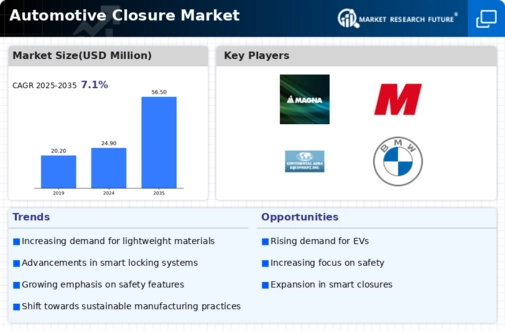
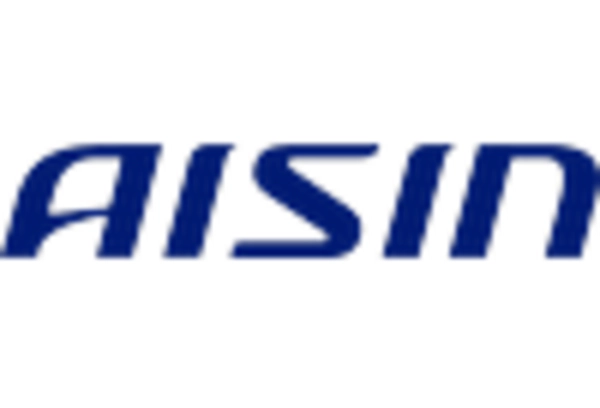
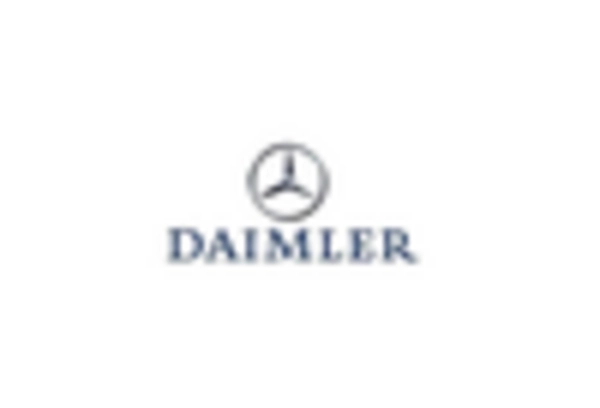
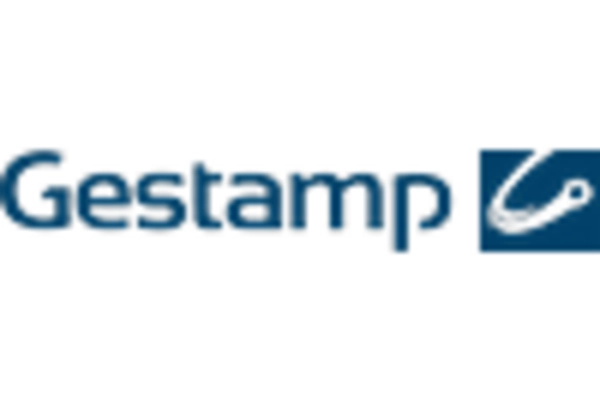
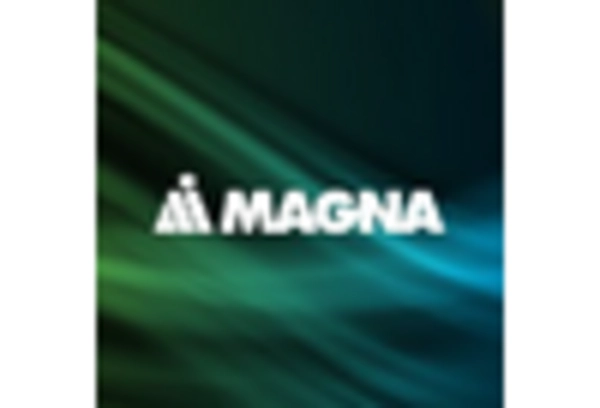
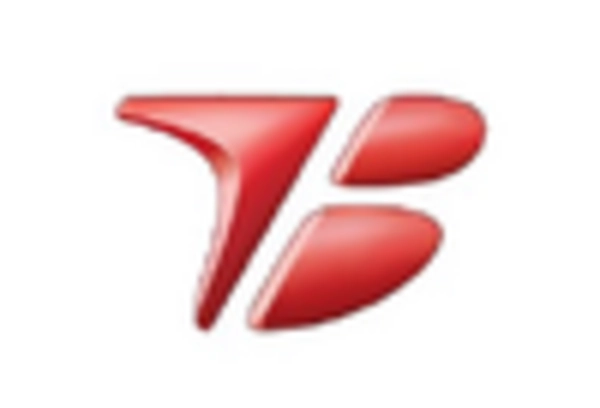
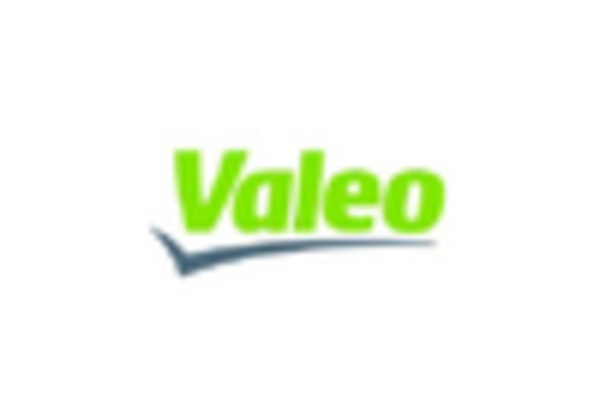









Leave a Comment